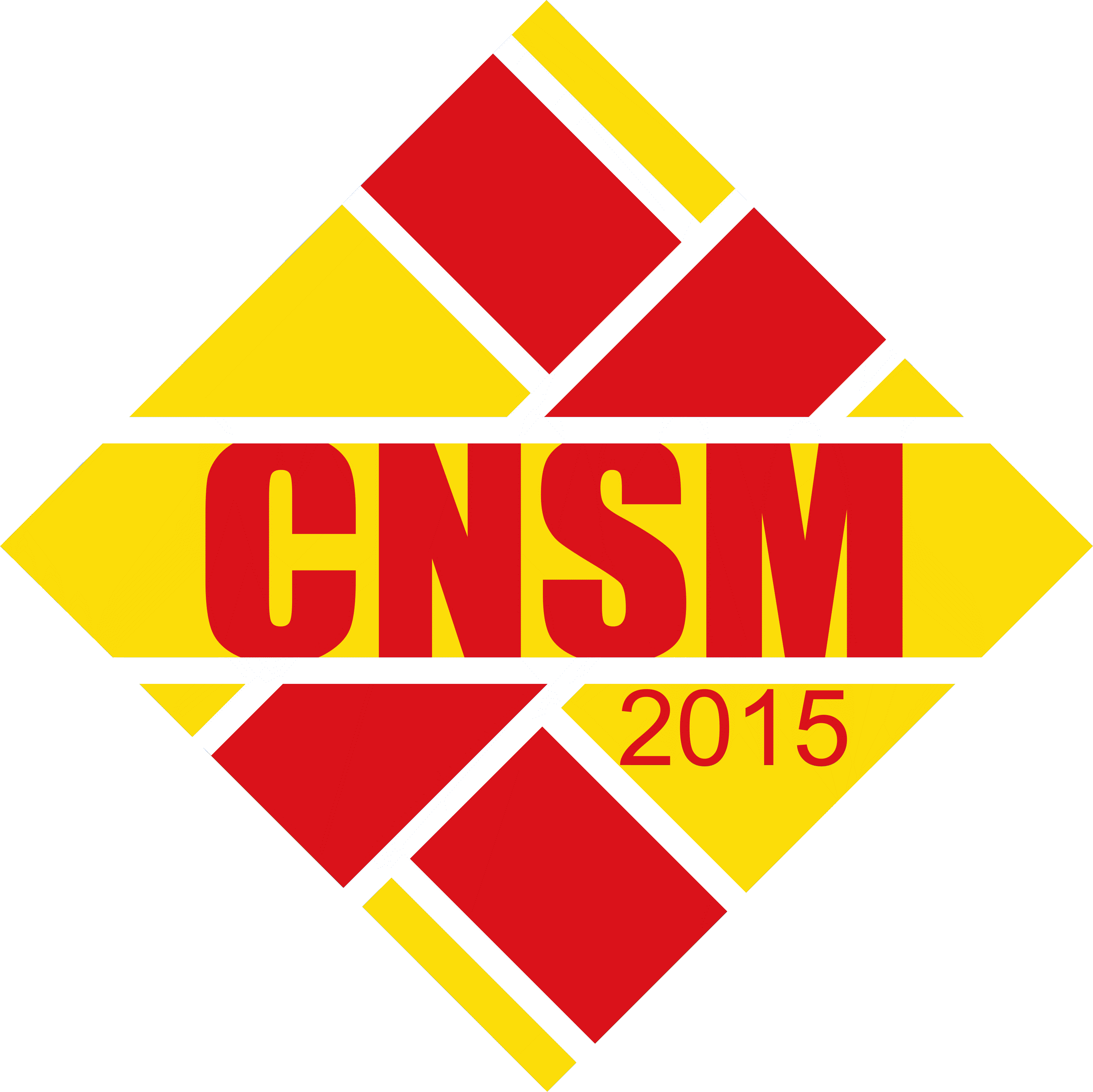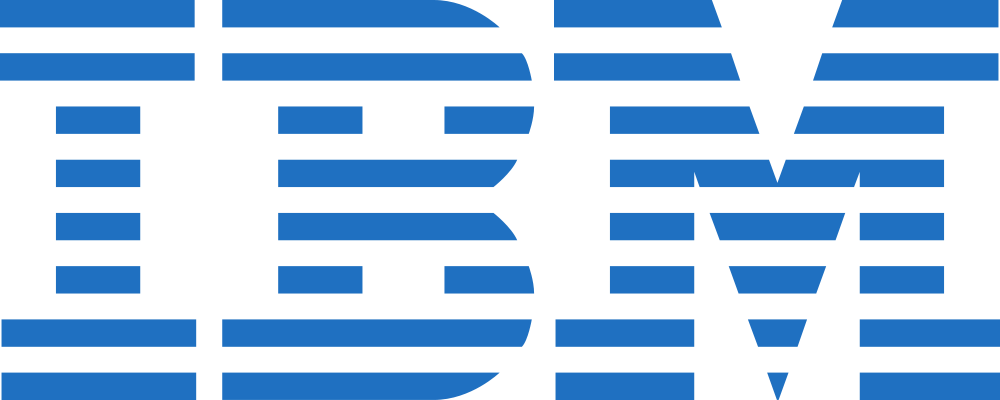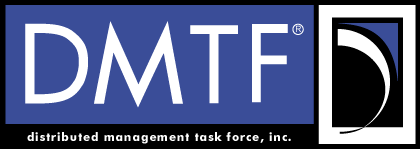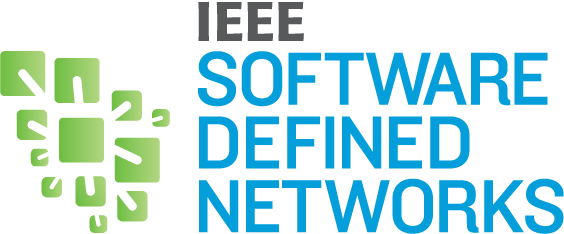CNSM 2015 Keynote Talks
Keynote Session 1: Beyond TCP: The evolution of Internet transport protocols
Speaker: Prof. Olivier Bonaventure, University Catholique de Louvain, Belgium
Date: 11/10/2015, 09:00-10:00 AM
Abstract: "The transport layer is one of the key layers of the Internet protocol stack. It enrichs the network layer service to make it suitable for applications. Almost 40 years after its initial design, TCP remains the most widely used transport protocol. In the early 2000s, SCTP was proposed as an alternative to TCP. Despite a clean and extensible design and many useful features, it did not reach wide deployment. This failure is mainly caused by middleboxes. We'll describe their operation and explain why Multipath TCP, which is a backward compatible evolution to TCP, has better chances of being deployed. We'll explain the main principles behind Multipath TCP and the lessons that can be drawn from its design. We'll then analyse why Internet giants like Google and Microsoft now consider application-layer solutions like QUIC to replace standard protocols like TCP."
Keynote Session 2: Is Multipath Routing Really a Panacea?
Speaker: Prof. Deep Medhi, University of Missouri - Kansas City, USA
Date: 11/11/2015, 09:00-10:00 AM
Abstract: "It is often believed that multipath routing is always beneficial. For network management, network operators focus on traffic engineering; centralized approaches such as SDN are preferred for better control and management. Furthermore, network operators are interested in how they can optimize their networks through multipath routing, but at the same time they like single-path routing as it is helpful in network troubleshooting. I will discuss results that show that when all node pairs (demands) in a network have traffic, multipath routing has very little benefit compared to single-path routing, especially as the network becomes large for traffic engineering goals. Not only that, under certain traffic conditions, single-path routing is found to be optimal. In this keynote, I will give insights into the issues and discuss results and impact i) on ISP networks, ii) networks with most traffic going to multiple cloud data center locations, and iii) on intra-data center networks. Through this work, I will also touch on what this means in regards to science and engineering aspects of network management.."
Keynote Session 3: Software repair and Software antifragility
Speaker: Martin Monperrus, University of Lille, France
Date: 11/12/2015, 09:00-10:00 AM
Abstract: "Automatic software repair is the process of fixing software bugs automatically. This is a recent and active research area in the software engineering, programming language, operating systems and security research communities (https://www.monperrus.net/martin/survey-automatic-repair.pdf). This talk first presents an overview of this fascinating research field. However, repair is reactive, one waits for the occurrences of bugs to find a fix. The goal of antifragile software engineering is to device proactive techniques, where bugs are triggered in a controlled manner to better understand, anticipate and handle field errors."






















